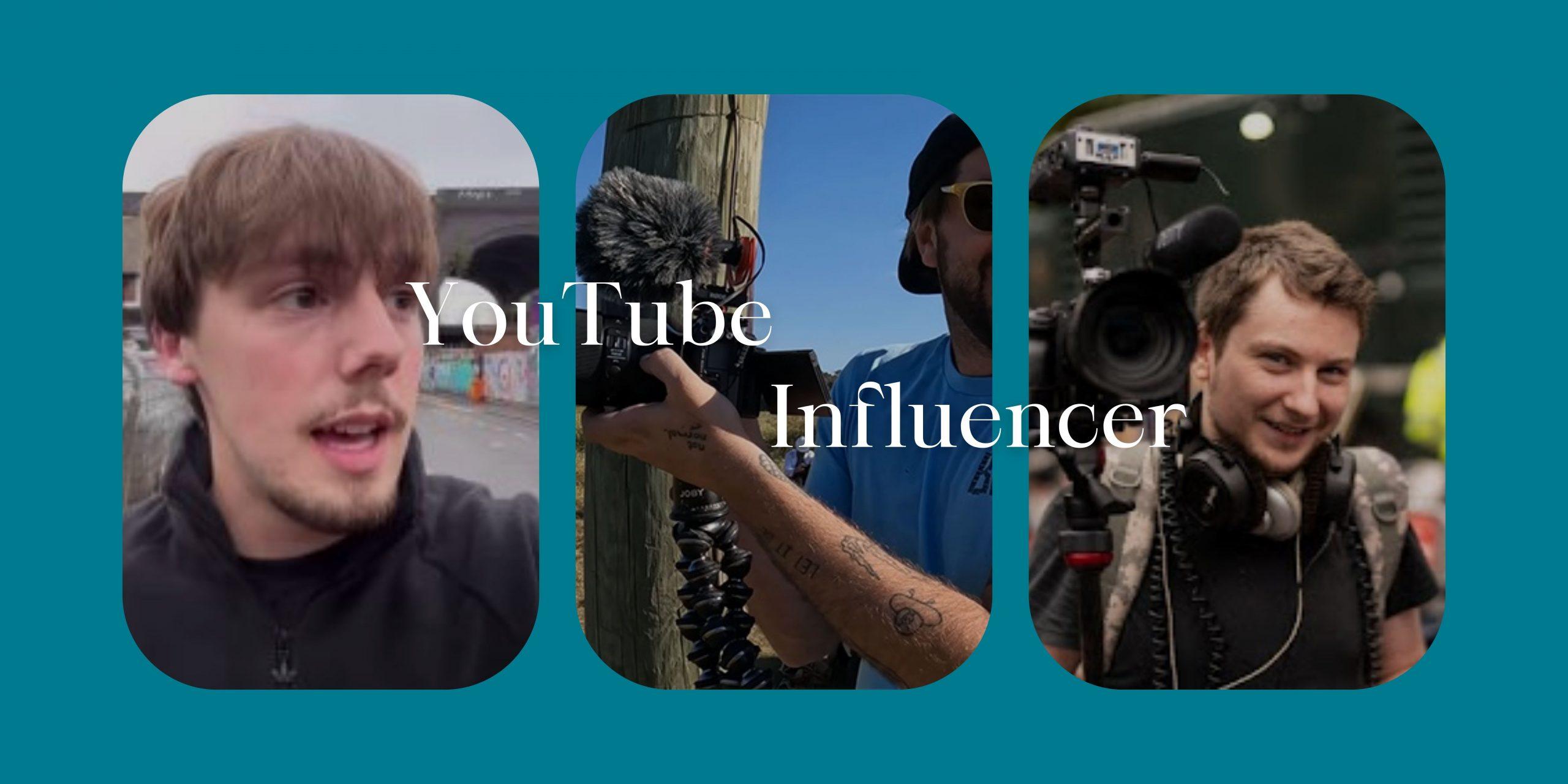
In the vast ocean of the digital landscape, YouTube influencers navigate uncharted waters, where creativity meets accountability. With millions of viewers and countless opportunities at their fingertips, these modern digital navigators face a unique set of challenges. From copyright complexities to contractual obligations,the legal seas can be tumultuous and unpredictable.“Navigating Legal Waters: A Guide for YouTube Influencers” aims to equip content creators with the insights and tools necessary to sail smoothly through the intricate legal terrain. Whether your a seasoned pro or just embarking on your influencer journey, this guide will illuminate the path ahead, helping you understand the essential laws and regulations that govern your creative endeavors while keeping you afloat in the ever-evolving realm of social media. Join us as we explore the vital legal principles that every YouTube influencer should know,ensuring that your voyage toward success is both rewarding and compliant.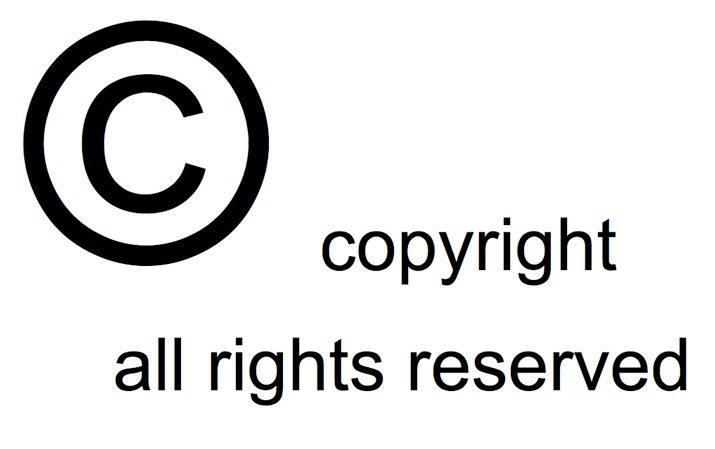
Understanding Copyright: Protecting Your Original Content
Copyright is your shield when it comes to the original content you create. as a YouTube influencer, it’s crucial to understand that copyright protection kicks in as soon as you put your ideas into tangible form, whether that’s through videos, artwork, or music. This means your creativity is safeguarded from being copied or used without your permission. To maintain this protection, you should consider the following key points:
- Originality: Your work must be unique and not a direct copy of someone else’s.
- Fixed Medium: It needs to be recorded in some way, like video files or written scripts.
- Automatic Protection: You don’t have to register your work, but doing so can strengthen your claims in case of disputes.
However,it’s equally vital to be aware of the fair use doctrine,which allows limited use of copyrighted material without permission under certain circumstances. You can navigate this legal terrain by understanding what constitutes fair use. Analyzing the purpose, nature, amount, and effect on the market for the original work can help determine if your use is permissible. A speedy reference can be found in the table below:
| Factor | Consideration |
|---|---|
| Purpose | Commercial vs. Educational |
| Nature | Creative vs. Factual Content |
| Amount | Small Portion vs. Major Portion |
| Effect | Impact on Market value |
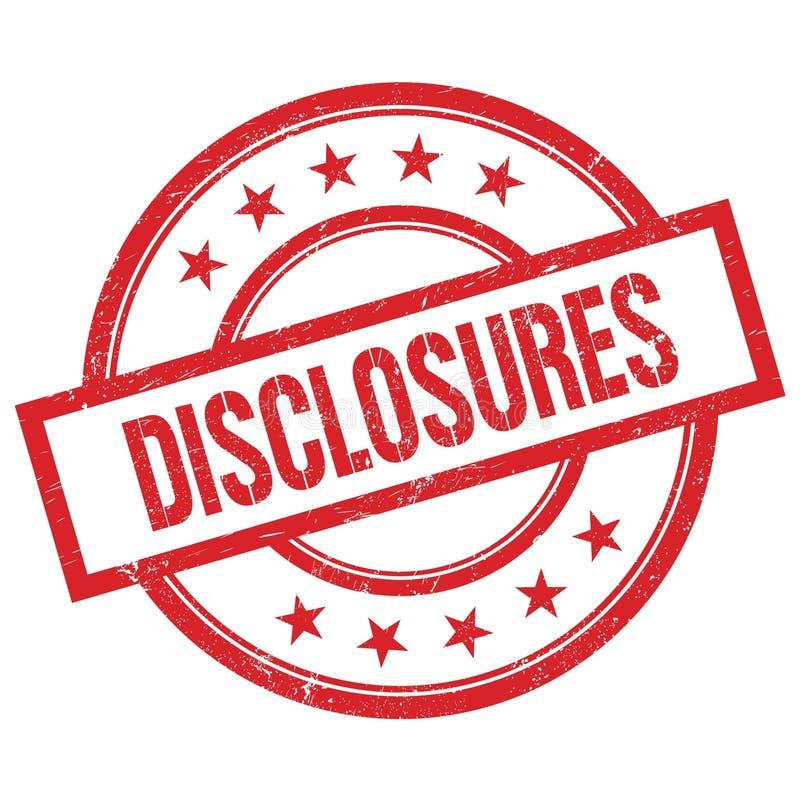
Disclosures and Sponsorships: Maintaining Transparency with Audiences
In the world of YouTube, maintaining transparency with your audience is paramount. Disclosing sponsorships and partnerships not only protects your reputation but also fosters trust. When you receive monetary compensation,products,or services in exchange for promoting a brand,it is essential to clearly communicate this relationship to your viewers.Consider incorporating statements such as “This video is sponsored by [Brand Name]” or “I receive a commission for purchases made through the links in the description.” By doing so, you help your audience understand the nature of your content and alleviate any concerns about impartiality.
Moreover,keeping an organized record of your disclosures can streamline the process and ensure compliance with legal guidelines. Create a simple spreadsheet to track your sponsorships, including critical data points such as:
| Brand Name | Date of Collaboration | Type of Disclosure |
|---|---|---|
| Brand A | 2023-01-15 | Video Mention |
| brand B | 2023-02-20 | Affiliate links |
| Brand C | 2023-03-05 | Dedicated Video |
This table can serve as a quick reference to ensure that you are consistently disclosing your sponsorships across your content. Transparency is not just a legal obligation; it’s a crucial component of building lasting relationships with your audience. By maintaining open dialog regarding sponsorships, you empower your viewers and enhance their experience with your brand.
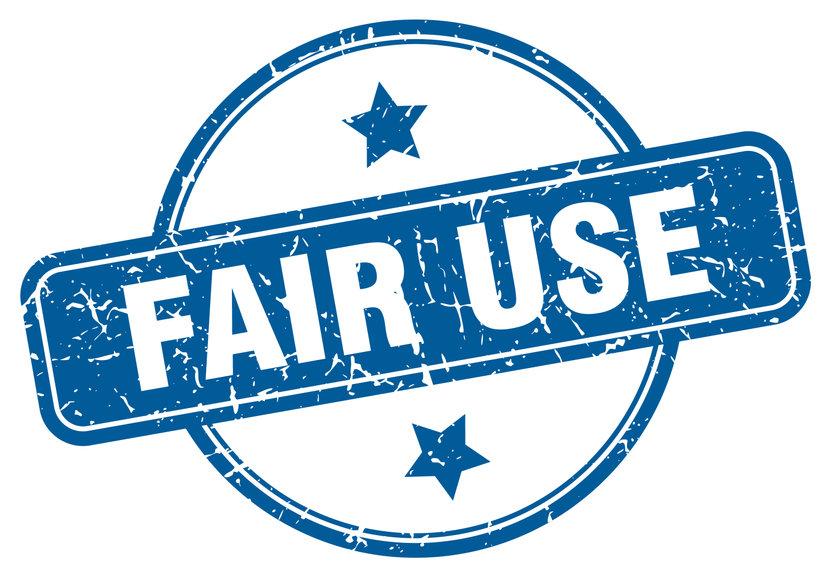
Navigating Fair Use: How to Use Others’ Content Responsibly
Understanding fair use is essential for anyone looking to create content responsibly on platforms like YouTube. Fair use allows you to incorporate elements of someone else’s work without needing to obtain permission,but the boundaries can be murky. To navigate these waters, consider the following critically important factors:
- The purpose of your use: is it educational, transformative, or commercial?
- The nature of the original work: Is it factual or creative?
- The amount used: How much of the original work do you plan to use?
- The effect on the market: Does your use substitute for the original work?
Always keep in mind that your goal should be to respect the rights of original creators while establishing your unique voice. Here’s a simple table to help you quickly assess whether your use may qualify as fair use:
| Criteria | Considerations |
|---|---|
| Purpose | Transformative or educational uses are more likely to qualify. |
| Nature | Creative works afford less protection versus factual works. |
| Amount | Using smaller, essential portions favors fair use. |
| Market Effect | Your use should not harm the market for the original work. |
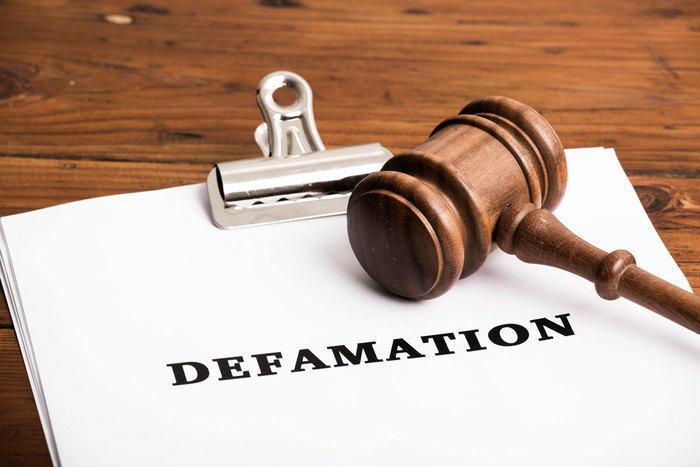
Defamation and Privacy: Safeguarding Your Reputation Online
In the digital arena, where content spreads faster than wildfire, the right to your reputation must be fiercely protected. Online influencers frequently enough find themselves on the receiving end of unverified allegations or slanderous comments that can damage their brand and personal lives. Here are some key strategies to safeguard your name:
- monitor Your Online Presence: Regularly search your name and brand to catch negative content early.
- Engage Proactively: Respond to unfounded rumors with fact-based rebuttals and maintain transparency with your audience.
- Understand Defamation Laws: Familiarize yourself with what constitutes defamation to know when to take action.
The network of relationships you build can either enhance or tarnish your reputation. establishing privacy settings on your social media accounts is essential to control what personal information is accessible. Here’s a simple breakdown of best practices to enhance your privacy:
| Privacy Measure | Description |
|---|---|
| Account Privacy Settings | Adjust settings to limit who can see your posts and personal details. |
| Content Review | Be selective about what you share; consider the repercussions before posting. |
| Brand Collaborations | Partner only with brands that align with your values to maintain authenticity. |
Key Takeaways
as we reach the end of our voyage through the intricate waters of legal considerations for YouTube influencers, it’s clear that understanding the landscape is more essential than ever. The digital realm provides endless opportunities for creativity and connection, yet navigating its currents requires diligence and informed decision-making. By arming yourself with knowledge about copyright laws, fair use, advertising guidelines, and privacy rights, you’re not only protecting your brand but also fostering a responsible and enduring community.
As you continue to craft your unique narrative in the ever-evolving world of content creation, remember that staying informed is your best lifeline. With each upload, you have the power to inspire, entertain, and connect—and with a solid legal foundation, your journey will be as smooth as the waters you sail. Keep exploring,keep creating,and most importantly,keep navigating wisely!